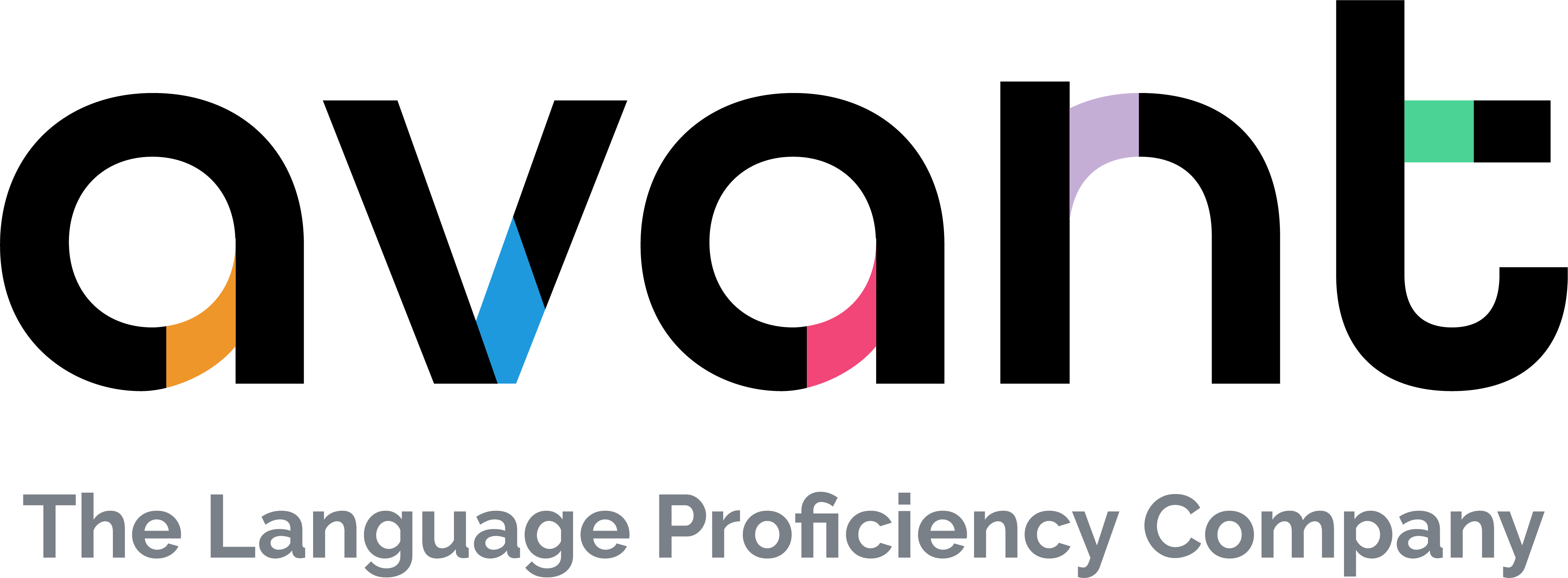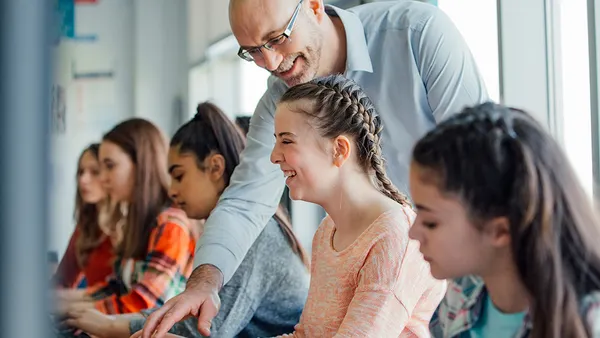Dive Brief:
-
The Latin School of Chicago has been using a proficiency-based model of moving students through six levels of language classes, from low-novice to advanced, EdSurge reports.
-
This type of program has some challenges, with parent confusion and worry as they wait each year to hear where their child will be placed being among top concerns alongside class planning and scheduling with mixed-grade classes, and the potential for some students’ self-esteem and social development to take a hit.
-
Proponents, however, have noticed that students become motivated since they want to move up to higher levels, and teachers agree that the system instills a growth mindset and a healthy sense of competition.
Dive Insight:
Harrisburg Freedom Elementary in South Dakota is dropping grade levels altogether, not just in one subject. Their learner-centered program allows students to choose tracks (or as they call them, studios) and to reassess their decision daily. The program, called EPIC, is named after the four studios: Empowering, Personalizing, Innovating, and Creating. Students can move down as well as up. Harrisburg is hoping that this new structure will reverse the steady decline in engagement as students travel through their school career.
Kankakee Public Schools in Illinois is also dropping century-old traditional grade levels. Instead, students move up through 10 different levels based on competency rather than age. The program is a career-based model allowing students to learn through 16 different STEM-related career tracks starting in kindergarten. Teachers even have the ability to create smaller groups from their larger student classes to enable personalized lessons. The program seems to be working, as students have shown an increase in reading comprehension, math application and engagement in just one year. The lack of grade levels even allows high school students to take college classes.
Getting rid of grade levels is a trend that has both pros and cons. The main plus is that students progress at their own pace based on their abilities. This helps both slower learners, as well as kids who pick up lessons quickly and then get bored. A thorny issue, however, is the potential for kids to feel “stupid” when their same-age best friends advance but they don’t. Likewise, an exceptionally advanced learner may find herself socially excluded in a class full of kids three years older, with whom she has little in common.





 Dive Awards
Dive Awards







